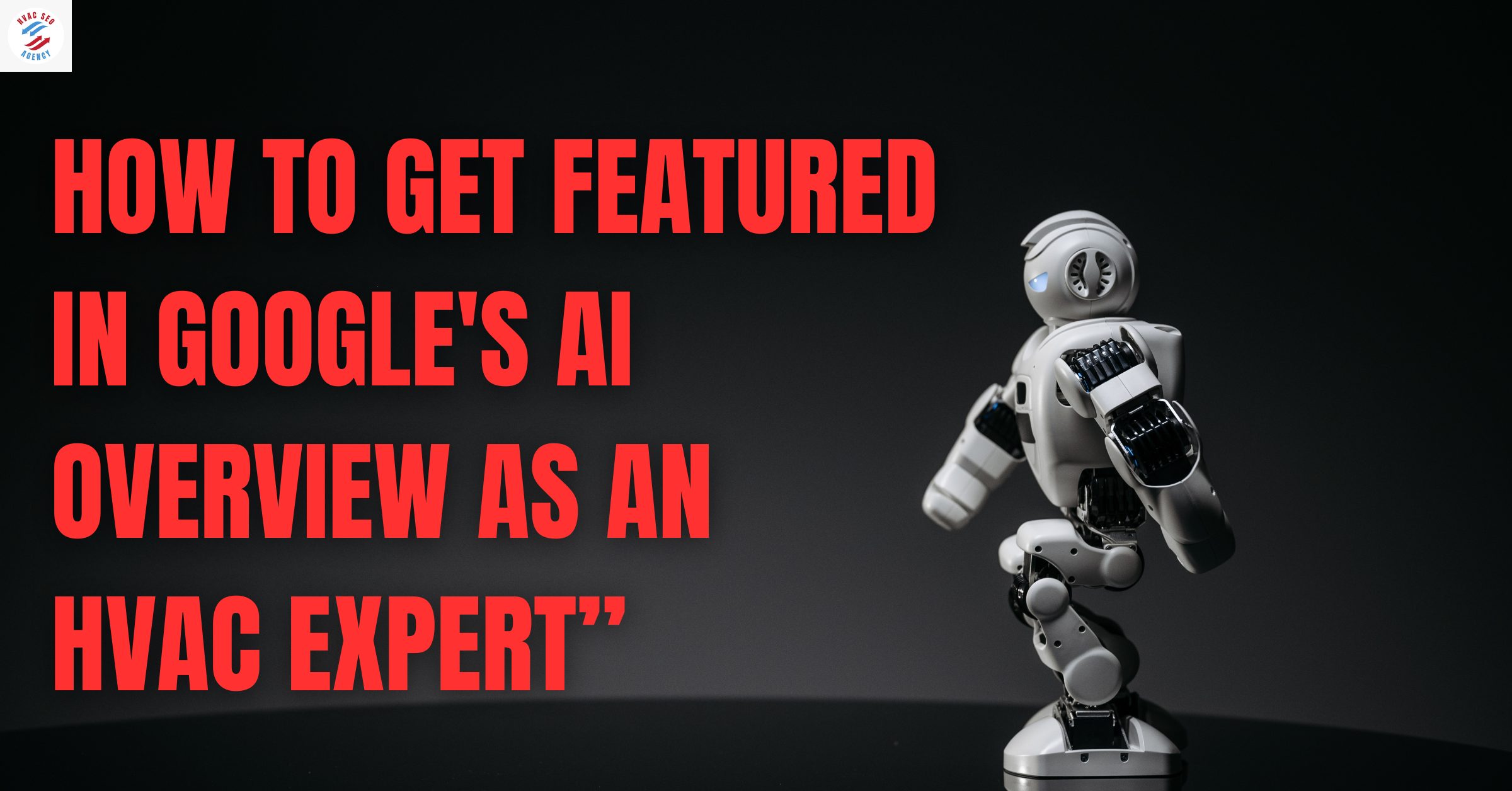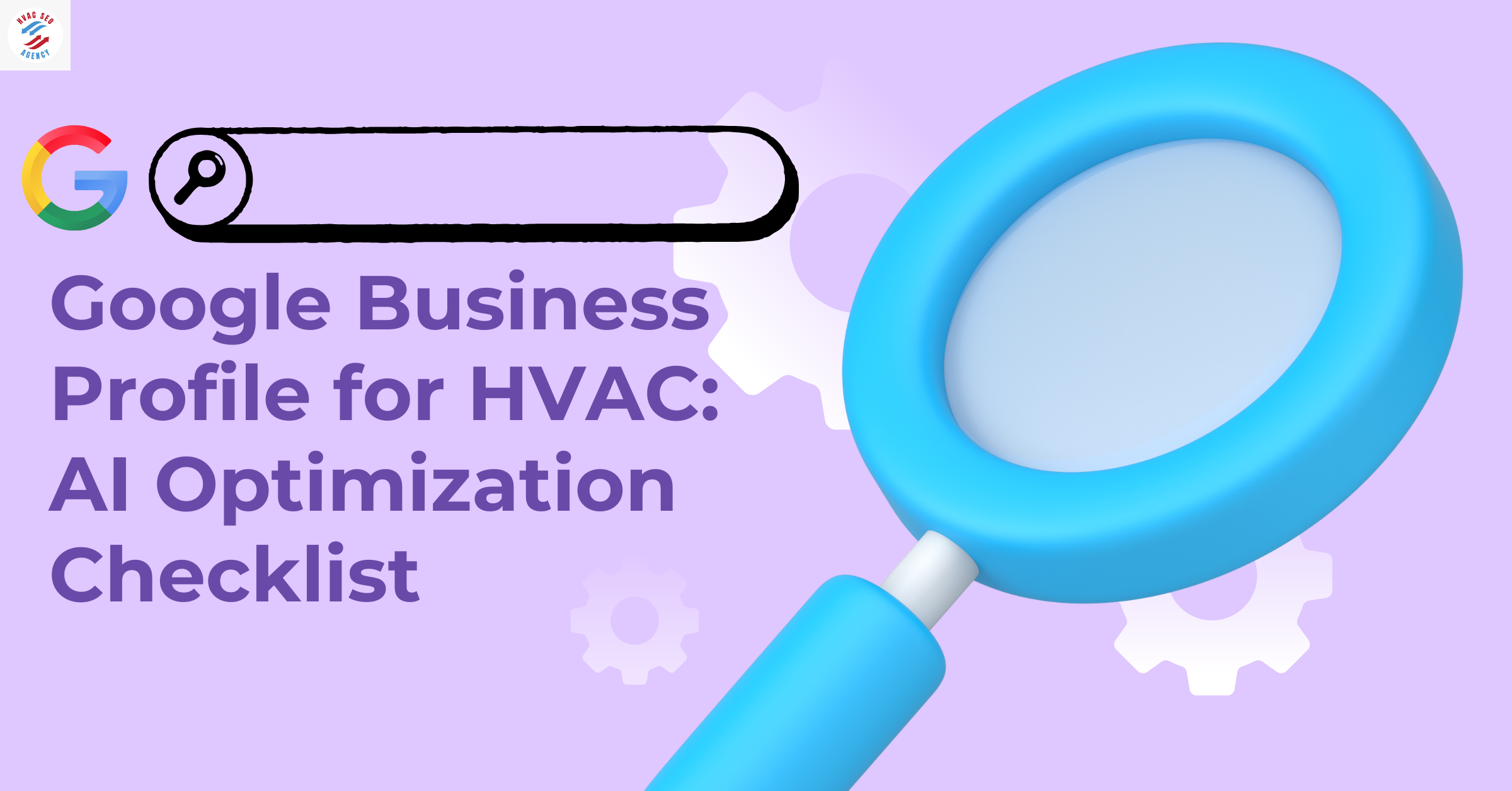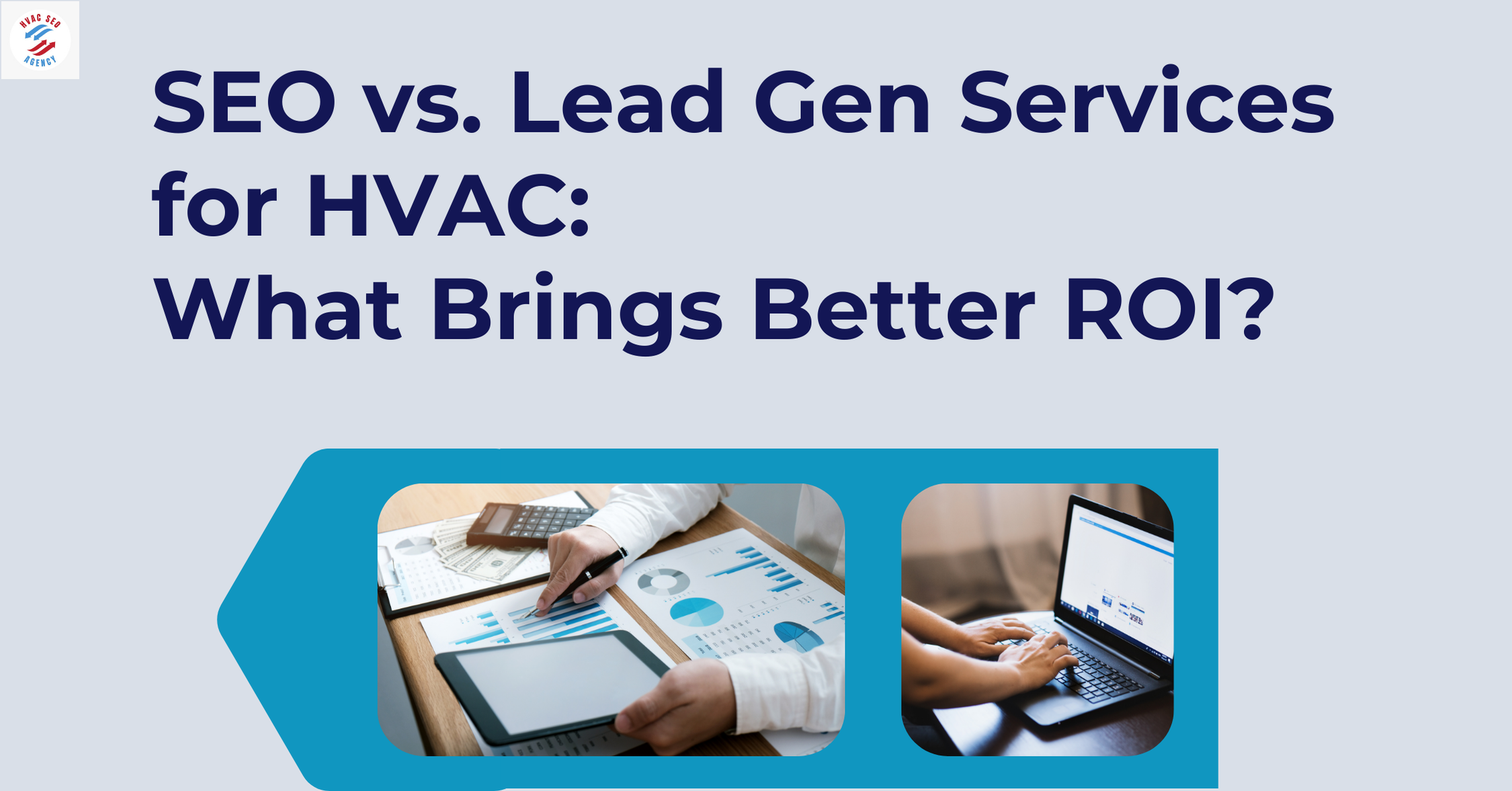Why HVAC Companies Struggle to Hire Technicians & How to Fix It

1.The Growing HVAC Industry and the Urgent Need for Skilled Technicians
The Heating, Ventilation, and Air Conditioning (HVAC) industry is a cornerstone of modern infrastructure, ensuring indoor comfort across residential, commercial, and industrial sectors. In the United States, the HVAC market has experienced significant growth, with projections indicating a continued upward trajectory. As of 2023, the U.S. The HVAC industry was valued at over $30 billion, reflecting its critical role in the nation's economy.
Table 1: U.S. HVAC Industry Market Growth (2018 - 2023)
*Note: 2023 figures are projected estimates.
This growth is driven by several factors, including increased construction activity, a rebound in nonresidential construction, and rising demand for energy-efficient systems. The industry's expansion underscores the essential role of HVAC technicians, who are responsible for installing, maintaining, and repairing these complex systems.
Graph 1: U.S. HVAC Industry Revenue Growth (2018 - 2023)
Despite the industry's robust growth, HVAC companies face significant challenges in attracting and retaining qualified technicians. The demand for skilled professionals has surged, but the supply has not kept pace, leading to a workforce gap that threatens to impede the industry's progress.
To navigate these challenges and ensure sustained growth, HVAC companies must adopt innovative strategies. One such approach is partnering with an HVAC SEO agency to enhance online visibility, attract potential employees, and generate leads. An effective digital presence can position companies as industry leaders, making them more appealing to both clients and prospective technicians.
In the following sections, we will delve deeper into the factors contributing to the HVAC technician shortage, the impact of this shortage on the industry, and actionable solutions to address these hiring challenges.
2. Understanding the HVAC Technician Shortage
The HVAC industry is currently facing a significant shortage of qualified technicians, a challenge that has been intensifying over recent years. This shortage not only affects HVAC companies but also has broader implications for the economy and consumers.
Current Statistics Highlighting the Shortage
Vacant Positions: As of 2025, approximately 80,000 HVAC technician positions remain unfilled in the United States. Projected Demand: The industry is expected to require an additional 115,000 HVAC professionals within the next four years to meet growing demand.
Aging Workforce: A significant portion of the current HVAC workforce is nearing retirement, exacerbating the shortage.
Table 1: Projected HVAC Technician Demand and Supply (2025 - 2029)
Note: Figures are estimates based on current industry trends.
Graph 1: Age Distribution of HVAC Technicians in the USA (2025)
Factors Contributing to the Shortage
Aging Workforce: The HVAC industry is witnessing a significant workforce aging crisis. A large number of experienced technicians are nearing retirement age, leading to a depletion of skilled professionals in the field. According to industry reports, over 55% of HVAC technicians are over the age of 45, with a significant portion expected to retire within the next decade. This mass exodus of experienced workers is exacerbating the ongoing HVAC technician shortage, creating an urgent need for new talent recruitment and skill development programs.
Lack of New Entrants: Despite the high demand for HVAC professionals, fewer young individuals are choosing careers in skilled trades. This is largely due to societal emphasis on four-year college degrees over vocational training. Many young job seekers are unaware of the high earning potential and job security that HVAC careers offer. Entry-level HVAC technicians can earn competitive salaries, with wages increasing significantly as they gain experience. However, without increased awareness and encouragement, the number of new entrants into the industry remains insufficient to bridge the existing labor gap.
Perception Issues:There is a common misconception that HVAC jobs are physically demanding with limited career growth. In reality, the HVAC field offers a wide range of career opportunities, including roles in installation, system design, energy efficiency consulting, and even high-tech fields like smart climate control systems. Additionally, modern HVAC careers are becoming increasingly technology-driven, requiring expertise in advanced tools and diagnostic equipment, such as those used in detecting HVAC refrigerant leaks: best tools and methods. Despite these advancements, many potential workers overlook HVAC as a viable career option, leading to continued recruitment challenges for HVAC businesses.
Educational Gaps: Another major factor contributing to the HVAC hiring challenges is the reduction of vocational education programs in high schools and community colleges. Many educational institutions have shifted their focus toward academic degrees rather than hands-on trade skills. This has resulted in a decline in the number of students exposed to HVAC training opportunities, further reducing the pipeline of skilled technicians entering the workforce. Investing in trade schools and apprenticeships is essential to reversing this trend and ensuring a steady flow of new professionals into the HVAC industry.
Technological Advancements: The HVAC industry has evolved significantly with the introduction of smart thermostats, IoT-enabled climate control systems, and energy-efficient HVAC solutions. While these advancements improve system performance and efficiency, they also require technicians to undergo continuous training to stay updated with the latest technologies. Many HVAC businesses struggle to keep their workforce adequately trained, further intensifying the skills gap. Moreover, modern leak detection techniques have become essential, as technicians must be proficient in using state-of-the-art equipment for detecting HVAC refrigerant leaks: best tools and methods. Without ongoing education and skill development, even experienced technicians may struggle to adapt, making it more difficult for companies to fill advanced technical roles.
Understanding these factors is crucial for developing effective strategies to address the HVAC technician shortage and ensuring the industry's sustainability.
3. Impact of the HVAC Technician Shortage on the Industry
The HVAC technician shortage has profound implications for HVAC companies, consumers, and the broader economy. Understanding these impacts is crucial for developing effective strategies to mitigate the challenges posed by this workforce gap.
Effects on HVAC Companies
Increased Workload on Existing Staff: With a limited number of technicians available, existing employees often face heavier workloads, leading to burnout and decreased job satisfaction.
Delayed Project Timelines: The shortage can result in longer project completion times, affecting company reputations and client satisfaction.
Potential Loss of Revenue: Inability to meet service demands may lead to lost business opportunities and reduced profitability.
Effects on Consumers
Longer Wait Times for Services: Consumers may experience delays in installation, maintenance, or repair services, impacting comfort and safety.
Increased Service Costs: The scarcity of technicians can drive up service prices due to higher labor costs.
Overall Economic Implications
Supply Chain Disruptions: The technician shortage can lead to inefficiencies in HVAC system installations and maintenance, affecting related industries and the economy at large.
The Benefits of Offering Apprenticeships in the HVAC Industry
Implementing apprenticeship programs is a strategic approach to address the technician shortage. Apprenticeships provide hands-on training, allowing aspiring technicians to gain practical experience while earning a wage. This model benefits both employers and apprentices by ensuring a steady influx of skilled workers and offering career advancement opportunities.
Table 1: Impact of Apprenticeship Programs on Technician Availability
Note: Data is illustrative and based on industry estimates.
Graph 1: Correlation Between Apprenticeship Enrollment and Technician Shortage Reduction
By investing in apprenticeship programs, the HVAC industry can build a sustainable workforce, improve service delivery, and enhance overall industry growth.
4. Challenges in Hiring HVAC Technicians
The HVAC industry is currently grappling with significant hiring challenges, leading to a notable shortage of qualified technicians. Understanding these challenges is crucial for developing effective strategies to attract and retain talent.
Primary HVAC Hiring Challenges
Skilled Labor Shortage: The industry is experiencing a deficit of skilled technicians, with approximately 110,000 unfilled HVAC technician jobs in the U.S., representing a 38% shortfall in the required workforce.
Aging Workforce: A significant portion of the current HVAC workforce is nearing retirement, leading to a depletion of experienced professionals.
Technological Advancements: Rapid technological changes in HVAC systems require continuous training, which can be a barrier for both new entrants and existing technicians.
The Role of Educational Institutions and Training Programs
Decline in Vocational Training: Many educational institutions have reduced or eliminated vocational programs, limiting exposure to HVAC careers for students.
Insufficient Emphasis on HVAC Careers: The societal emphasis on four-year college degrees over vocational training has led to a decline in younger individuals entering the HVAC trade.
Graph 1: Geographical Disparities in HVAC Technician Demand
Addressing these challenges requires a multifaceted approach, including enhancing recruitment efforts, improving retention rates, and changing perceptions of HVAC careers. Additionally, implementing apprenticeship programs can provide hands-on training, allowing aspiring technicians to gain practical experience while earning a wage.
The Benefits of Local SEO for HVAC Contractors
Implementing Local SEO strategies can significantly enhance an HVAC contractor's online presence, leading to increased visibility among potential clients in their specific service areas. By optimizing their online presence for a specific geographic area, HVAC contractors can appear in the Google Map Pack or at the top of local search results, which is critical for attracting local customers.
Table 1: Impact of Local SEO on Lead Generation
Note: Percentages are illustrative and based on industry estimates.
By focusing on Local SEO for HVAC Contractors in Dallas can effectively target their local audience, leading to increased leads and conversions.
Graph 2: Increase in Leads Post Local SEO Implementation
Incorporating Local SEO strategies not only improves online visibility but also establishes trust and credibility within the local community, ultimately contributing to business growth and success.
5. Strategies to Address HVAC Hiring Challenges
The HVAC industry faces significant hiring challenges, including a shortage of qualified technicians and an aging workforce. To overcome these obstacles, companies can implement targeted strategies to attract and retain talent.
Enhancing Recruitment Efforts
Collaborations with Educational Institutions: Partnering with trade schools and community colleges can create a pipeline of skilled technicians. Offering internships and apprenticeships provides hands-on experience, making the HVAC field more accessible to students.
Utilizing Digital Platforms: Leveraging online job boards and social media can expand reach to potential candidates. Highlighting company culture and growth opportunities in digital campaigns can attract younger talent.
Improving Retention Rates
Competitive Compensation Packages: Offering salaries that reflect industry standards, along with benefits such as health insurance and retirement plans, can enhance job satisfaction.
Professional Development Opportunities: Providing continuous training ensures technicians stay updated with technological advancements, fostering loyalty and reducing turnover.
Changing Perceptions of HVAC Careers
Public Awareness Campaigns: Educating the public about the essential role of HVAC technicians and the stability of the profession can attract new entrants.
Highlighting Career Advancement: Showcasing success stories of technicians who have progressed to managerial roles can demonstrate the potential for growth within the industry.
Performance Evaluation Techniques for HVAC Staff
Implementing effective performance evaluation techniques is crucial for maintaining a skilled and motivated workforce. Regular assessments identify areas for improvement and recognize outstanding performance, contributing to employee development and satisfaction.
Table 1: Common Performance Evaluation Methods
Note: Selection of the appropriate method depends on company size, culture, and specific objectives.
Graph 1: Impact of Regular Performance Reviews on Employee Retention
By adopting these strategies and implementing effective performance evaluation techniques, HVAC companies can address hiring challenges and build a competent, committed workforce.
6. Leveraging HVAC SEO Agencies for Business Growth
In today's digital landscape, a robust online presence is essential for HVAC companies aiming to expand their reach and increase revenue. Collaborating with specialized HVAC SEO agencies can significantly enhance visibility, attract qualified leads, and drive business growth.
The Role of HVAC SEO Agencies
HVAC SEO agencies specialize in optimizing HVAC businesses' online presence to rank higher in search engine results. They employ strategies tailored to the HVAC industry, focusing on aspects such as local SEO, keyword optimization, and content marketing. By understanding the unique challenges and opportunities within the HVAC sector, these agencies can implement effective SEO tactics that resonate with potential customers.
Benefits of Partnering with HVAC SEO Agencies
Enhanced Online Visibility: Effective SEO strategies ensure that HVAC companies appear prominently in search results, increasing the likelihood of attracting potential customers.
Targeted Traffic: By focusing on relevant keywords and local SEO, agencies drive qualified traffic to HVAC websites, leading to higher conversion rates.
Cost-Effective Marketing: SEO provides a sustainable marketing approach with long-term benefits, often yielding a higher return on investment compared to traditional advertising methods.
Selecting the Right HVAC SEO Agency
When choosing an HVAC SEO agency, consider the following factors:
Industry Experience: An agency with a proven track record in the HVAC industry will better understand specific challenges and opportunities.
Customized Strategies: The agency should offer tailored SEO strategies that align with your business goals and target audience.
Transparent Reporting: Regular updates and clear reporting on SEO performance metrics are essential for assessing the effectiveness of the strategies implemented.
FAQs
1. Why is there a shortage of HVAC technicians in the USA?
The HVAC industry is facing a technician shortage due to an aging workforce, a lack of interest among younger generations, reduced vocational training programs, and increasing technological advancements requiring specialized skills.
2. How can HVAC companies attract more skilled technicians?
HVAC companies can attract skilled technicians by offering competitive salaries, apprenticeship programs, career development opportunities, and leveraging digital marketing strategies like Local SEO for HVAC Contractors in [City] to reach potential employees.
3. How does an HVAC SEO agency help in business growth?
An HVAC SEO agency improves online visibility, attracts leads, and increases revenue by optimizing a company's website for search engines, implementing local SEO strategies, and creating valuable content to engage potential customers.
4. What are some effective performance evaluation techniques for HVAC staff?
Performance Evaluation Techniques for HVAC Staff include 360-degree feedback, management by objectives (MBO), and behaviorally anchored rating scales (BARS). These techniques help assess employee performance, identify areas for improvement, and enhance workforce efficiency.
5. How can HVAC businesses reduce turnover rates?
HVAC businesses can reduce turnover by providing ongoing training, offering competitive compensation, implementing mentorship programs, and fostering a positive work culture that values employee growth and well-being.
6. What are the key benefits of apprenticeships in the HVAC industry?
The Benefits of Offering Apprenticeships in the HVAC Industry include hands-on experience for trainees, a steady supply of skilled labor for companies, and improved retention rates as apprentices develop loyalty to their employers.
7. Why is Local SEO important for HVAC contractors?
Local SEO for HVAC Contractors in [City] helps businesses appear in local search results, attracting potential customers in their service areas. It improves search rankings, increases website traffic, and enhances lead generation.
Conclusion
The HVAC hiring challenges and HVAC technician shortage have become critical issues affecting the industry's ability to grow and meet demand. With a rising need for skilled professionals, HVAC businesses must take proactive measures to recruit, train, and retain technicians effectively.
Implementing apprenticeship programs, competitive compensation structures, and performance evaluation techniques can significantly improve workforce stability. Additionally, leveraging Local SEO for HVAC Contractors in [City] and partnering with an HVAC SEO Agency can enhance a company's online presence, attract both customers and skilled workers, and drive long-term business growth.
By addressing these challenges with strategic recruitment efforts, advanced training programs, and digital marketing solutions, HVAC companies can secure a strong, skilled workforce and ensure continued success in an increasingly competitive market.






